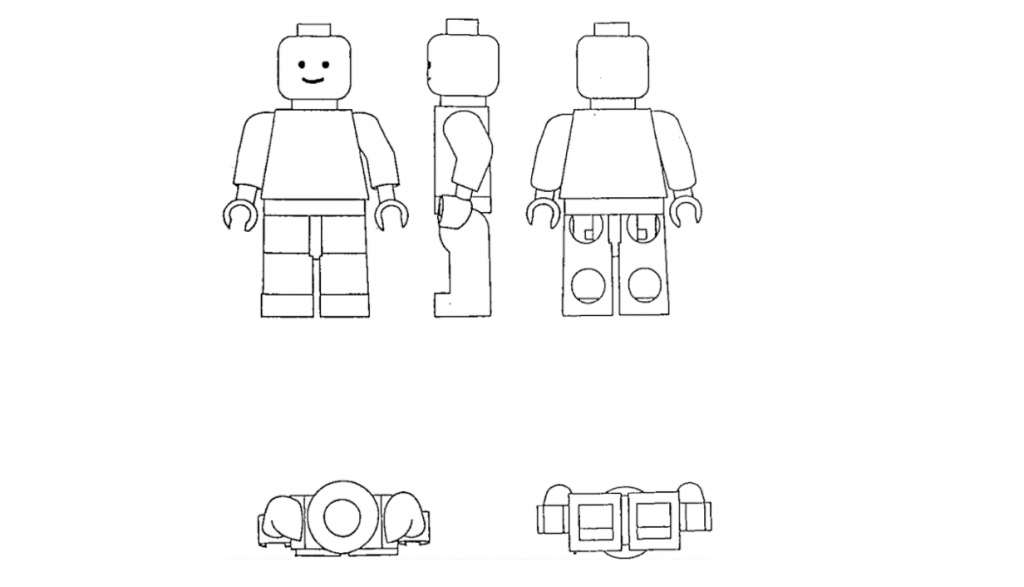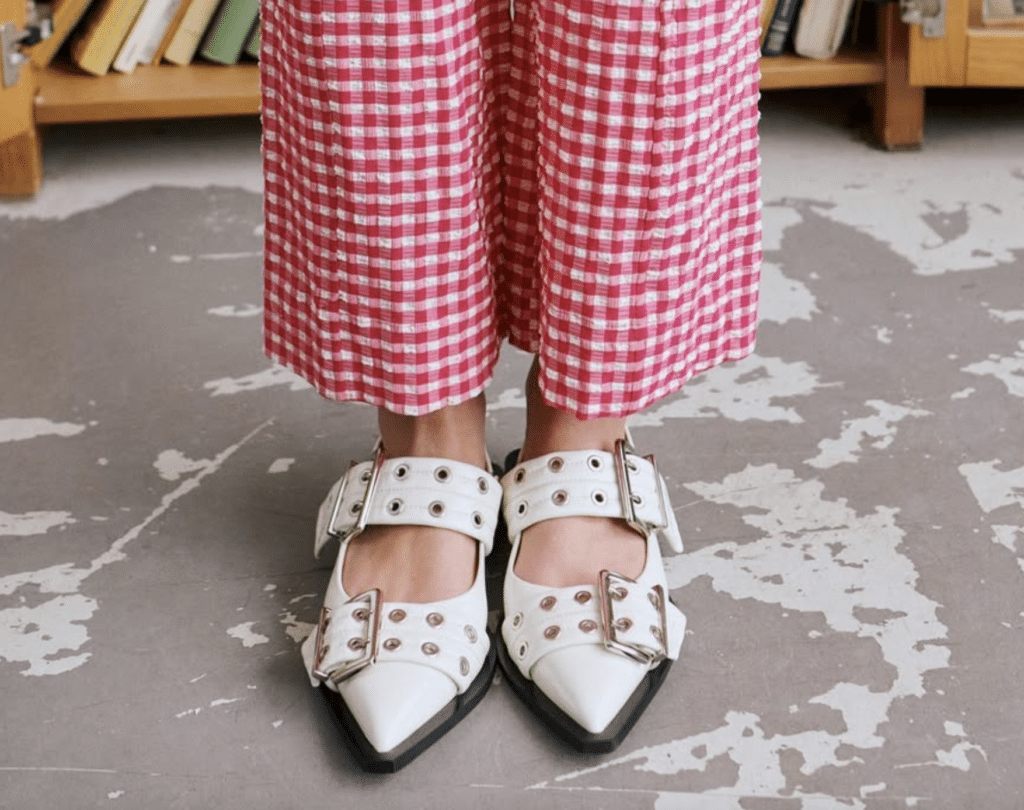LEGO has built a strong market position over the past several decades. This is not only due to the quality of their products, but also to their ability to keep the competition at arm’s length. In parts of Europe, for example, LEGO has developed a monopoly-like position in the market for their little plastic “clip bricks” and defends this position with almost all the weapons in the arsenal of intellectual property protection. This is an interesting example of how different intellectual property rights can be used together or gradually – and also what limitations are at play when it comes to the different forms of intellectual property rights.
Originally, LEGO’s colorful little bricks were protected by patents for the technical solution that holds the bricks together. In other words, the durability of the individual bricks and the clip mechanism that enables the entire system of compatible LEGO bricks to hold together was protected. Due to the fixed term nature of patents, once the patent expired, the bricks – and the technical solution behind them – in theory, became available for the public to reproduce.
When other suppliers subsequently wanted to bring compatible bricks onto the market, LEGO initially defended itself – and very successfully – using, among other things, unfair competition law in its native Germany. Under the heading of “insertion into another’s series” (a German variant of “passing off”), competitors were prohibited from producing bricks that were compatible in size with LEGO, because this exploited LEGO’s established competitive advantage and market position. It was not until much later that German courts recognized that the competitive position that LEGO sought to defend stemmed from its monopoly of patent protection, and therefore, should not be allowed to endure through unfair competition law.
Undeterred, LEGO looked to trademark law, and in particular, applied to register its central “2×4” brick as a three-dimensional trademark. This allowed the company to prohibit all other suppliers of compatible bricks from using the iconic “2×4” brick. Since that brick is central to many models and given that there was also the possibility that the trademark’s scope of protection extended to similar shapes, this served to severely restrict other suppliers. Against this background, suppliers in competition with LEGO lobbied for cancellation of the trademark, and they were eventually successful.
Design Rights and Copyright
Since then, third-party suppliers have been on the rise in Europe. LEGO now has only design rights and copyright protection in its arsenal, and only very limited trademark rights.
LEGO has design rights in some of its newer and more unusual bricks, for example, as well as in some of the minifigures in the LEGO Friends series, in line with the fact that design rights can be used to protect aesthetic achievements – with the prerequisite being that the product is “new” and has “individual character.” This means that the exact product must not have been made known to the public before, and it must stand out from the “previously known set of forms.” This element is not examined during registration, though, and that is why design registrations are easy to obtain. Whether such a registration is valuable, only becomes apparent when it is enforced.
Meanwhile, copyright protects intellectual achievement in works of art, literature or architecture. Such protection also extends to the design of clamp building block sets and to the building instructions. As such, LEGO is taking action – rightly and vehemently – against suppliers of products who copy individual sets almost identically and sometimes even copy the building instructions. To stop this, LEGO has obtained several judgments in China against the company LEPIN in recent years and even enforced the destruction of one of their factories in 2019 as LEPIN had produced particularly brazen copies of existing LEGO sets on a large scale and offered them up to consumers at a lower price.
However, where third-party suppliers avoid LEGO’s (few) design-protected bricks and put their own sets on the market, there are no legal objections (anymore). According to industry portals, the quality of clip bricks from competitors is constantly improving, while LEGO sometimes struggles with quality problems, which could have an impact on its market position.
Trademark, too
As for trademark law, LEGO still has its 3D EUTM protection in its minifigure (Reg. No. 000050450), and has enforced the rights in this mark extensively and is currently taking action against suppliers (and their importers) who offer even remotely similar minifigures. In Germany, for instance, LEGO has succeeded in obtaining several preliminary injunctions against importers of similar minifigures, meaning that these importers are no longer allowed to sell entire brick sets where they contain the minifigures in question. As a solution, some importers are selling the sets without minifigures, as well as trying to cancel LEGO’s 3D EUTM for the minifigure.

(Meanwhile, in the U.S., LEGO maintains a trademark registration for its minifigurine (No. 4,903,968), which it describes as “the three-dimensional configuration of a toy figure featuring a cylindrical head, on top of a cylindrical neck, on top of a trapezoidal torso of uniform thickness, with flat sides and a flat back, where arms are mounted slightly below the upper surface of the torso, on top of a rectangular plate, on top of legs which bulge frontwards at the top and are otherwise rectangular with uniform thickness, on top of flat square feet.”)
The manufacturers and importers affected by the recent round of warning letters argue that LEGO is ultimately trying to monopolize the idea of a minifigure matching the bricks. For example, the manufacturers and importers argue that a minifigure’s “hand” is designed to hold accessories that are not, and cannot be, protected by intellectual property rights, and so, the same argument applies to the minifigure’s “feet” and their connections that allow the figures to stand or sit on studs. If these – technically conditioned – details were removed, a figure only remotely reminiscent of a human being would remain, which could not be covered by trademark protection. Finally, the range of different figures that LEGO is currently attacking shows that the company seeks a broad scope of protection.
LEGO’s current warnings have been heavily criticized on social media because, among other reasons, wide-reaching influencers were also affected (including “Held der Steine” Thomas Panke, Germany’s most influential YouTuber for clip bricks). The matter will undoubtedly drag on for some time – so, watch out for further episodes in this saga.
Dr. Jan Bärenfänger is Counsel on Bird & Bird’s Intellectual Property team in Düsseldorf, whose focus is on the interplay of infringement and validity proceedings.











